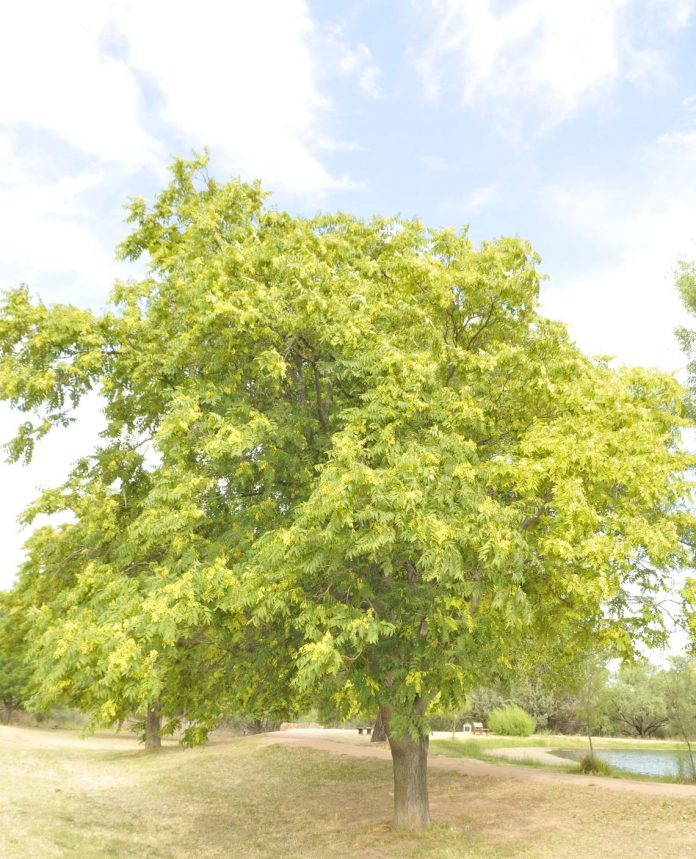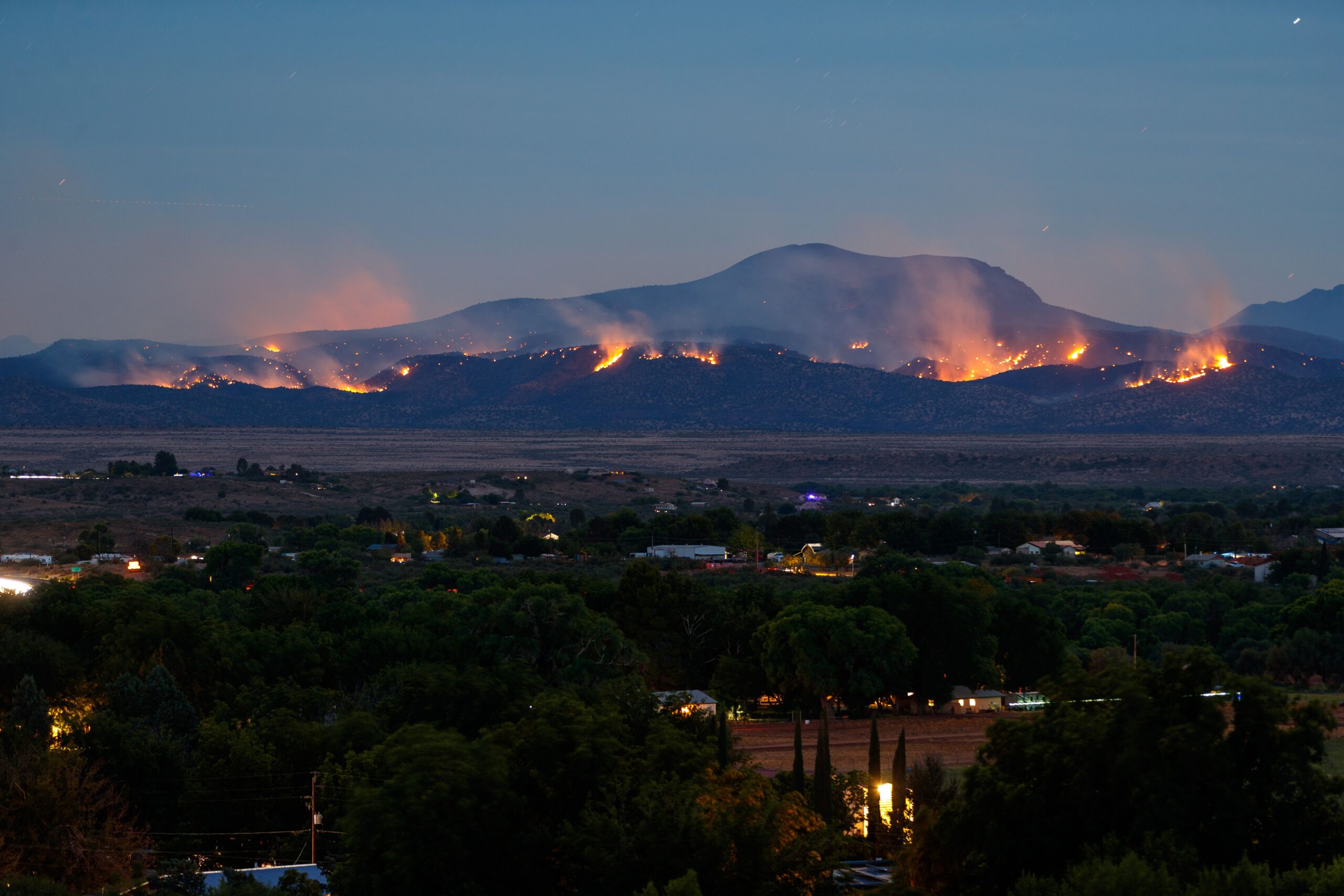Not long ago, many residents of Cottonwood went years without visiting the Verde River — that is, if they knew the waterway’s exact location at all.
Much of this had to do with access to the river. For decades, the people of the Verde Valley had few entry points into the water or recreational areas alongside its banks. In the last decade, access has increased significantly in Cottonwood, Clarkdale and Camp Verde.
This increased activity, while good for the economy and awareness of the river’s natural and recreational attributes, has had an expected toll on the river: From rising populations of E. coli and other harmful bacteria, to trash and vagrancy, not to mention the endangerment of fragile ecosystems, the Verde has floated its share of challenges.
Now, thanks to the efforts of the Verde Watershed Restoration Coalition, a problem increasingly plaguing Arizona’s rivers and lakes is being tackled.
“The VWRC and its coordinator, Anna Schrenk, brought home a national award from the Reduce Risks from Invasive Species Coalition and the Congressional Invasive Species Caucus during the 2016 Congressional Reception and Awards Program in Washington D.C., held June 15,” stated Friends of Verde River Greenway Community Outreach & Development Coordinator Laura Jones.
The award, presented to Schrenk and the VWRC in recognition of outstanding achievement by a volunteer organization in protecting America’s environment and economy, resulted from a nomination by Prescott National Forest. Formed in 2010, the VWRC is a public and private partnership dedicated to addressing the threat of several non-native invasive plants invading the Verde River and its tributaries.
“During the past four years, the coalition has improved riparian habitat on over 7,000 acres by removing stands of tamarisk, giant reed, Russian olive and tree of heaven from the banks of the flowing streams in the watershed and allowing native trees to thrive,” Jones stated.
“Of all the water groups in Arizona, it is the VWRC that really rolls up their sleeves and put boots on the ground to make a difference,” Yavapai County District 3 Supervisor Chip Davis added. “The threat of invasive plants to the Verde River has been creeping up the river for years and we are so blessed to have the VWRC truly making a difference in Verde River restoration.”
In addition to its advocacy-related activities, the VWRC also provides seasonal employment opportunities and job-skill training to more than 70 local U.S. veterans and young adults, incentives to private landowners and a significant boost to the Verde Valley economy.



